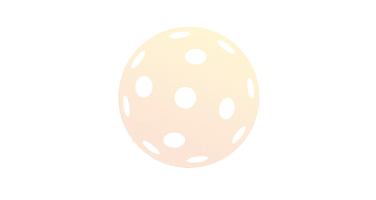Drilling skills, working on placement and learning new strategies are all necessary steps towards becoming a better player, but there's a simple yet often overlooked factor that also comes into play: grip.
How a player holds their paddle affects how quickly they can respond to volleys and makes it easier or more difficult to perform certain shots. This has a significant effect on player readiness and comfort. As such, it can be useful to take a look at your primary style of grip to see if it's truly supporting your game.
In the video below, Glen Peterson goes over most popular types of grip used by picklers.
The three styles are: Continental (hammer), Western (swatting) and Eastern (shaking hands). By referring to a chart like the one shown here, you can see that certain positions of the hand correspond to numbered segments of the handle's bevels or corners.
 Grip Positions (Credit)
Grip Positions (Credit)
The continental grip favors backhands since the player's knuckles are face the net. The western grip in contrast is more suitable for players who use a lot of forehand strokes, but makes it difficult to perform backhands. The eastern grip is the most popular since it strikes a balance between access to either style of swing.
Glen also notes that some players will put several fingers or a thumb on the paddle face in order to improve their orientation and awareness of their paddle in addition to strengthening paddle stability. This is similar to how some table tennis players hold a paddle, but it exposes the fingers to potential harm if a ball hits the wrong area.
Once you've decided which grip suits you, another thing to consider is what your overall paddle position looks like in relation to your body.
PrimeTime Pickleball shows that your paddle's 'ready' position doesn't have to be fixed, but can be fluid as you adapt to circumstances throughout a game.
In the video, note that there are two extremes between holding a paddle in a backhanded position and directly in the middle of your body. The former allows you to easily block most volleys, while the latter is more balanced between offence and defense since it allows you to transition into forehand shots.
Which style you should use depends on whether you're on the offense or defense and how far you are away from the net/opponents. The backhanded position allows you to react very quickly, so it's ideal when you're having to focus on slowing a ball down. As you switch to attacking, the paddle should simultaneously move into a more aggressive location.
Watch the video to see how you can alter your paddle's placement depending on the situation.
Do you have a favorite grip style? How has keeping your paddle in the right 'ready' position helped win points in your game?
Share Product:
SHARE THIS:


